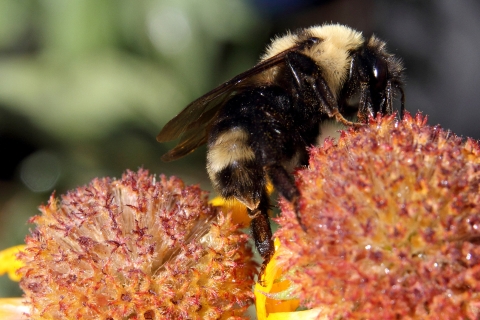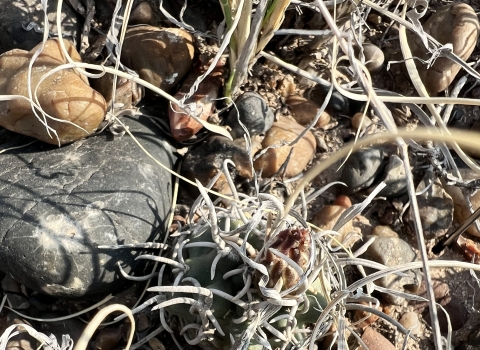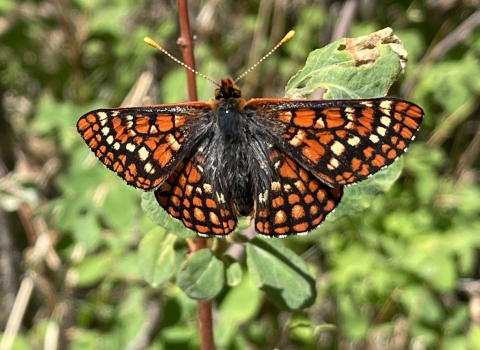The U.S. Fish and Wildlife Service is reopening the public comment period on its December 2024 proposal to list the Suckley’s cuckoo bumble bee as an endangered species under the Endangered Species Act. The reopening allows interested parties an additional 60 days—from March 19, 2025, to May 19, 2025—to submit comments. Comments submitted in the initial comment period do not need to be resubmitted.
The Suckley’s cuckoo bumble bee depends on other bumble bee hosts for its survival and raising of young. It has been found in various habitat types including prairies, grasslands, meadows, woodlands and agricultural and urban areas. The bee has a broad historical distribution across North America and has been documented in Arizona, California, Colorado, Idaho, Minnesota, Montana, Nebraska, Nevada, New Mexico, North Dakota, Oregon, South Dakota, Utah, Washington, Wyoming and 11 Canadian territories and provinces. The last confirmed sighting in the United States was in 2016 in Oregon.
Suckley’s cuckoo bumble bee is an important indicator species for the health of pollinators and native floral communities. In addition, this species’ parasitic nature is very unique among bees, with social parasites making up less than 1% of all bee species. They are different from brood parasites, which only attack the brood of their host, because social parasites rely on the entire colony. Female cuckoo bumble bees invade host bumble bee nests where they will often eliminate the host queen, destroy host eggs, and eject host larvae from the nest.
The viability of this bee is highly dependent on its host bumble bee species, many of which have declined historically, and are expected to continue to do so in the near term. Other major threats include pesticides, habitat fragmentation and conversion, and climate change climate change
Climate change includes both global warming driven by human-induced emissions of greenhouse gases and the resulting large-scale shifts in weather patterns. Though there have been previous periods of climatic change, since the mid-20th century humans have had an unprecedented impact on Earth's climate system and caused change on a global scale.
Learn more about climate change .
The proposed rule, supporting materials, and information on how to submit comments can be found at www.regulations.gov under Docket Number: FWS–R7–ES–2024–0117
For more details on the ESA listing process, go to: https://www.fws.gov/program/listing-and-classification/what-we-do.
For more information on pollinators, go to: https://www.fws.gov/initiative/pollinators
The U.S. Fish and Wildlife Service works with others to conserve, protect, and enhance fish, wildlife, plants, and their habitats for the continuing benefit of the American people.
For more information, visit www.fws.gov, or connect with us on Instagram, Facebook, X, Flickr, YouTubeor Apple Podcasts.






